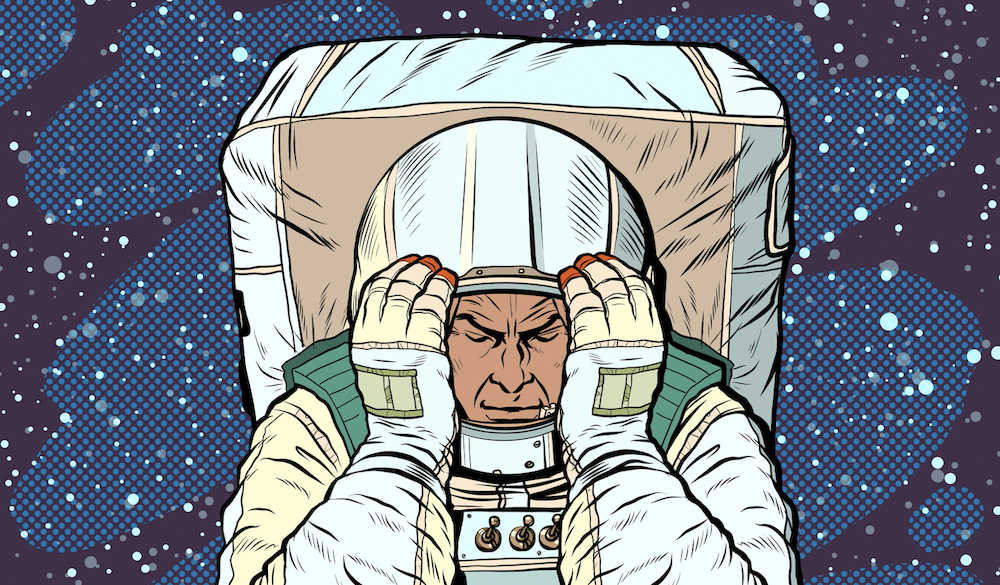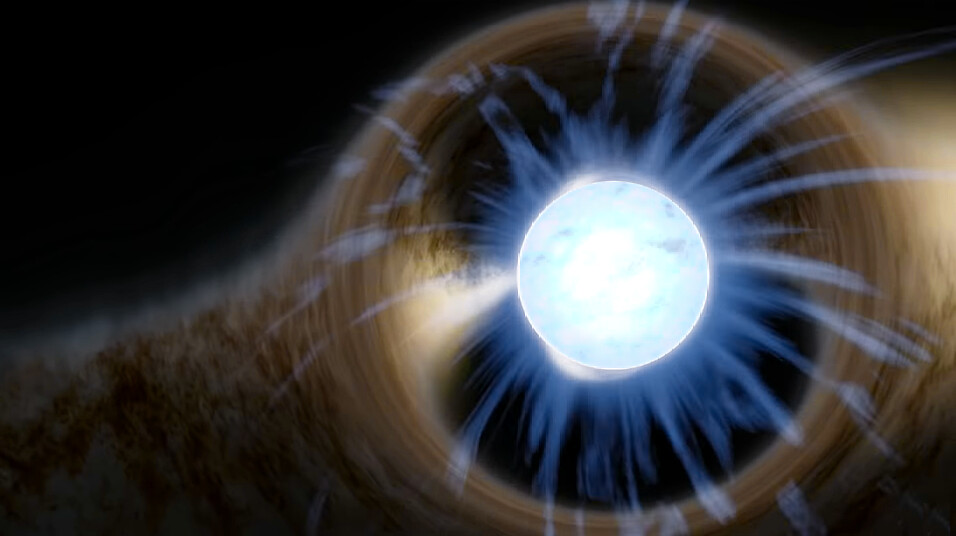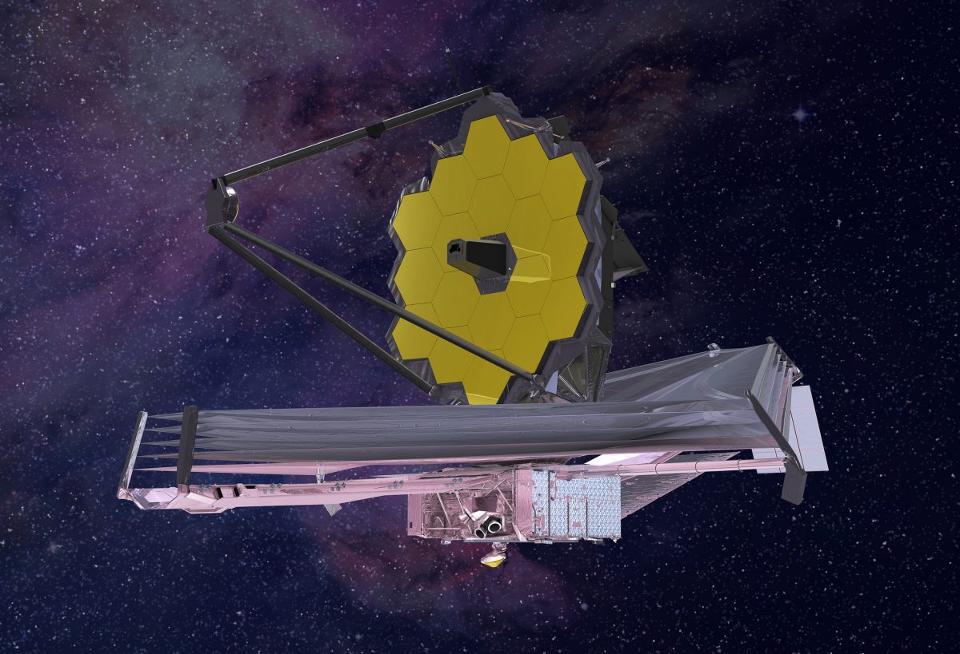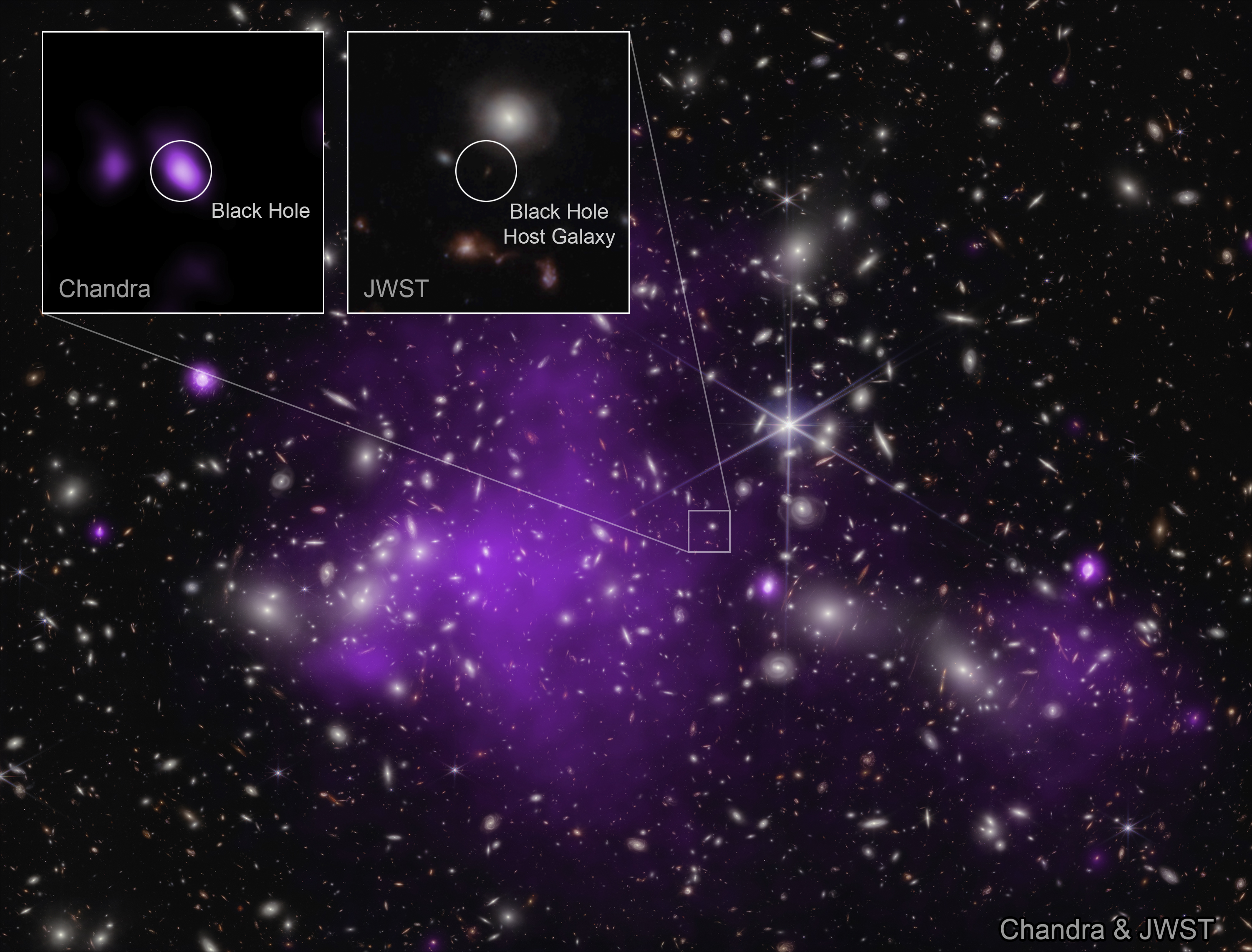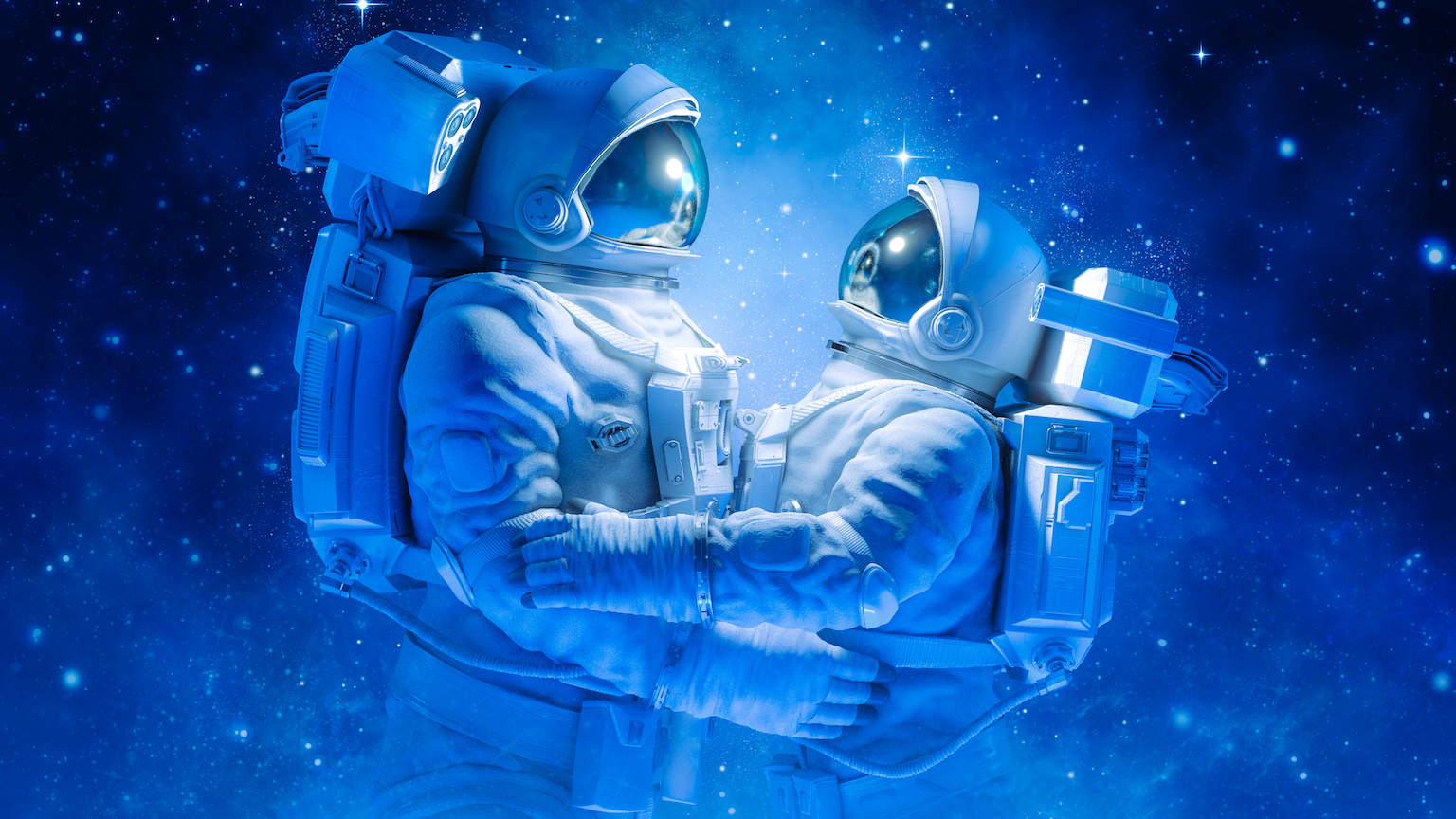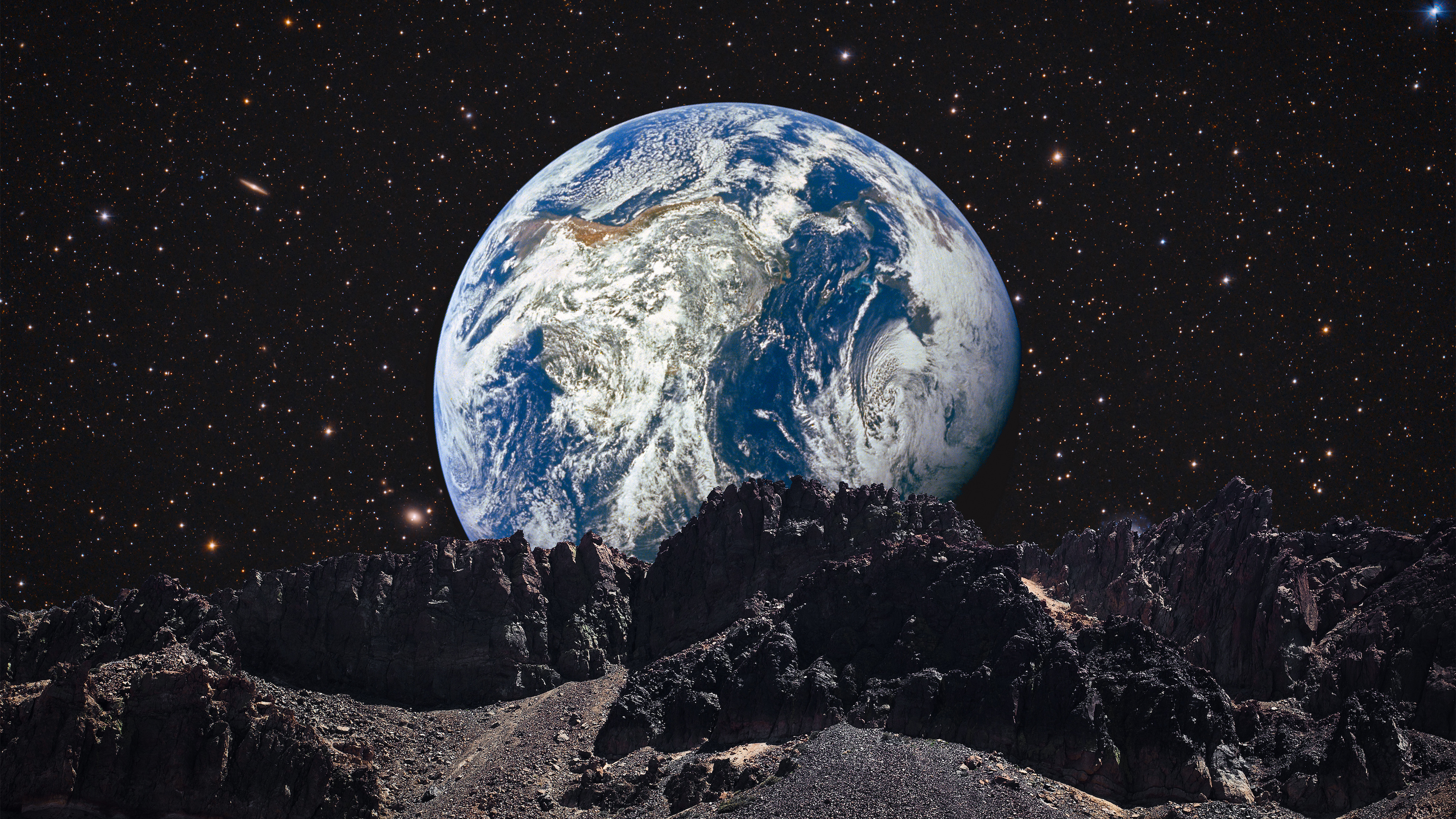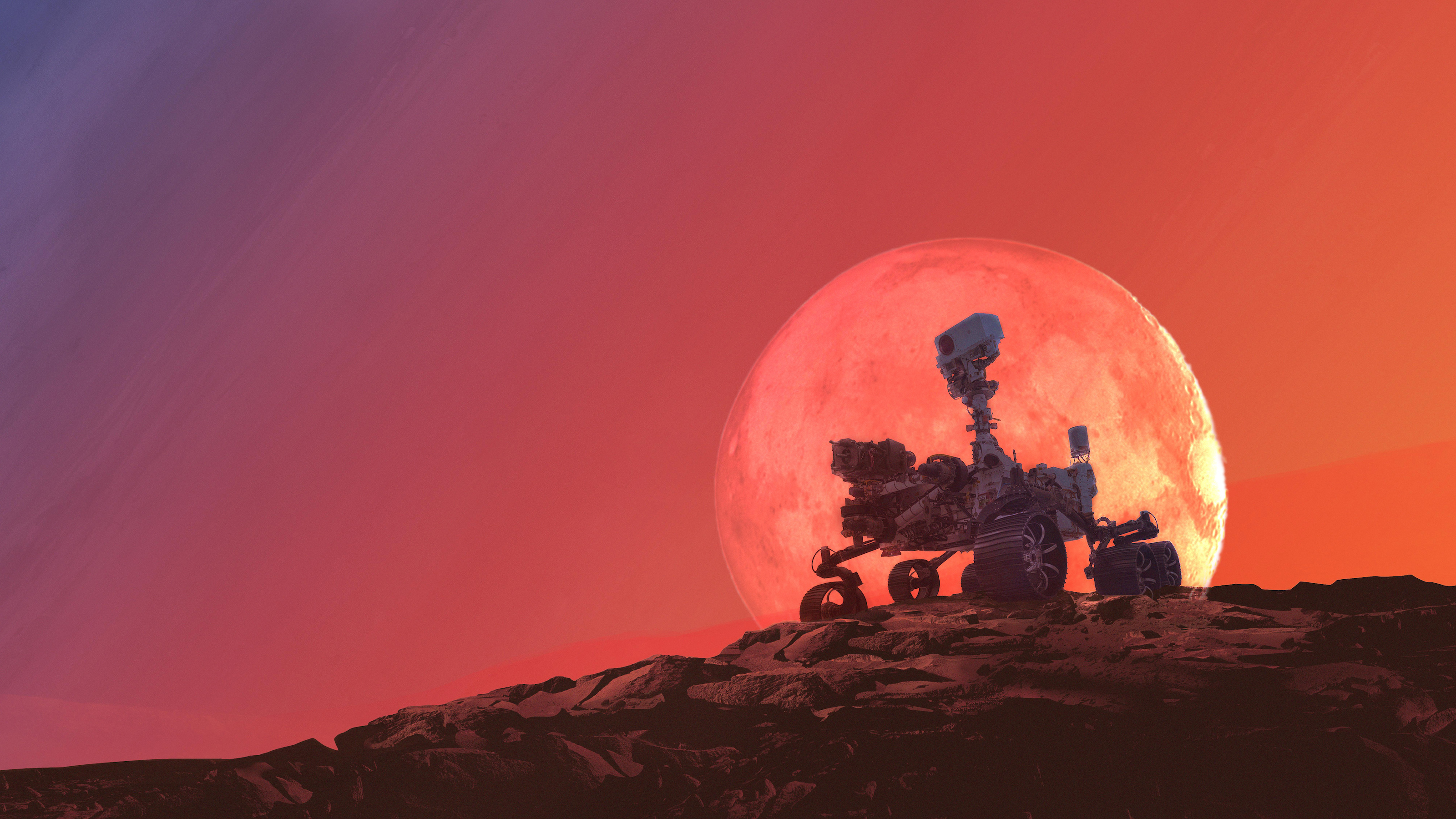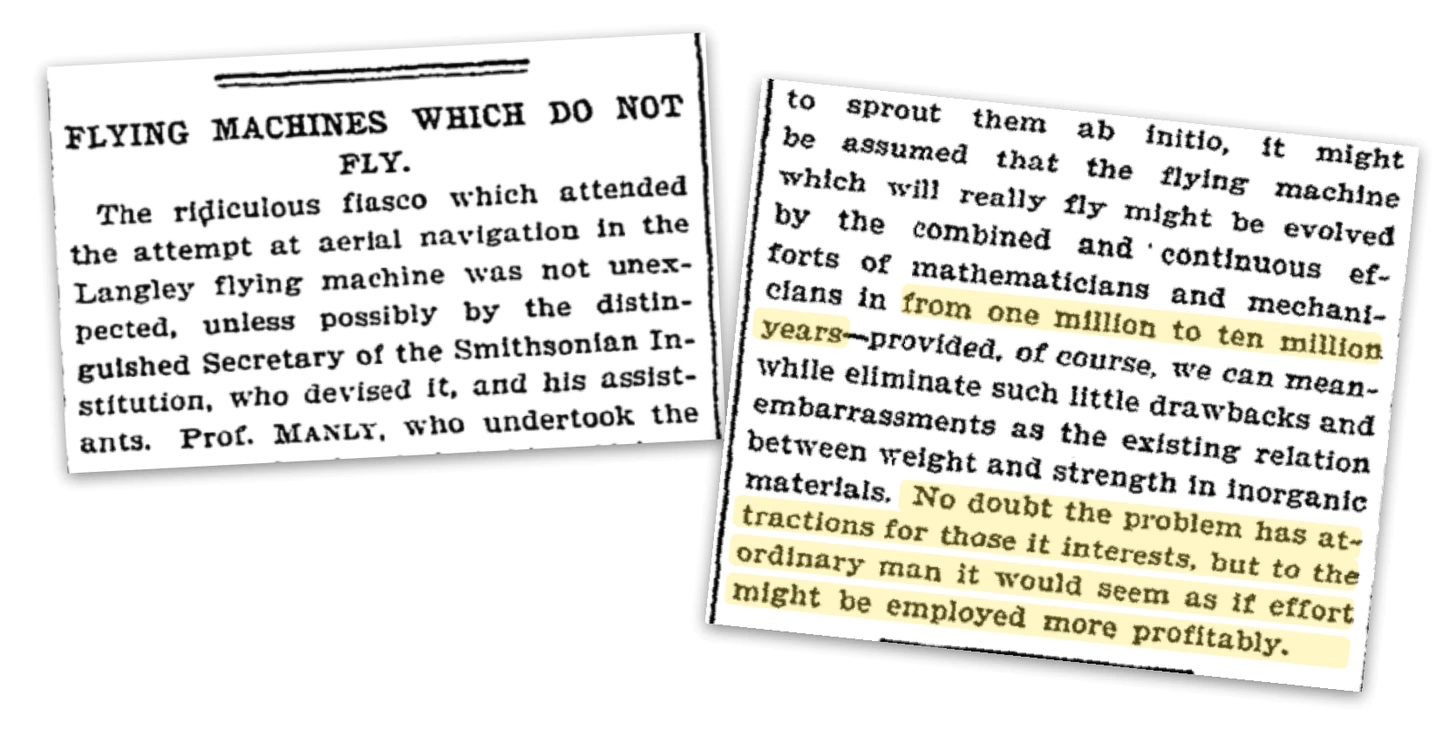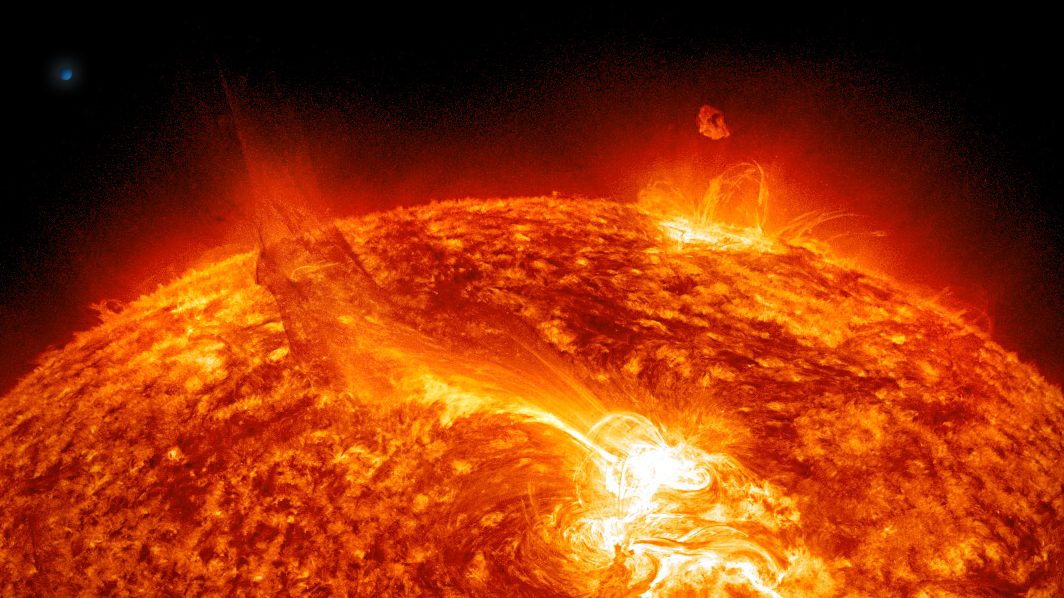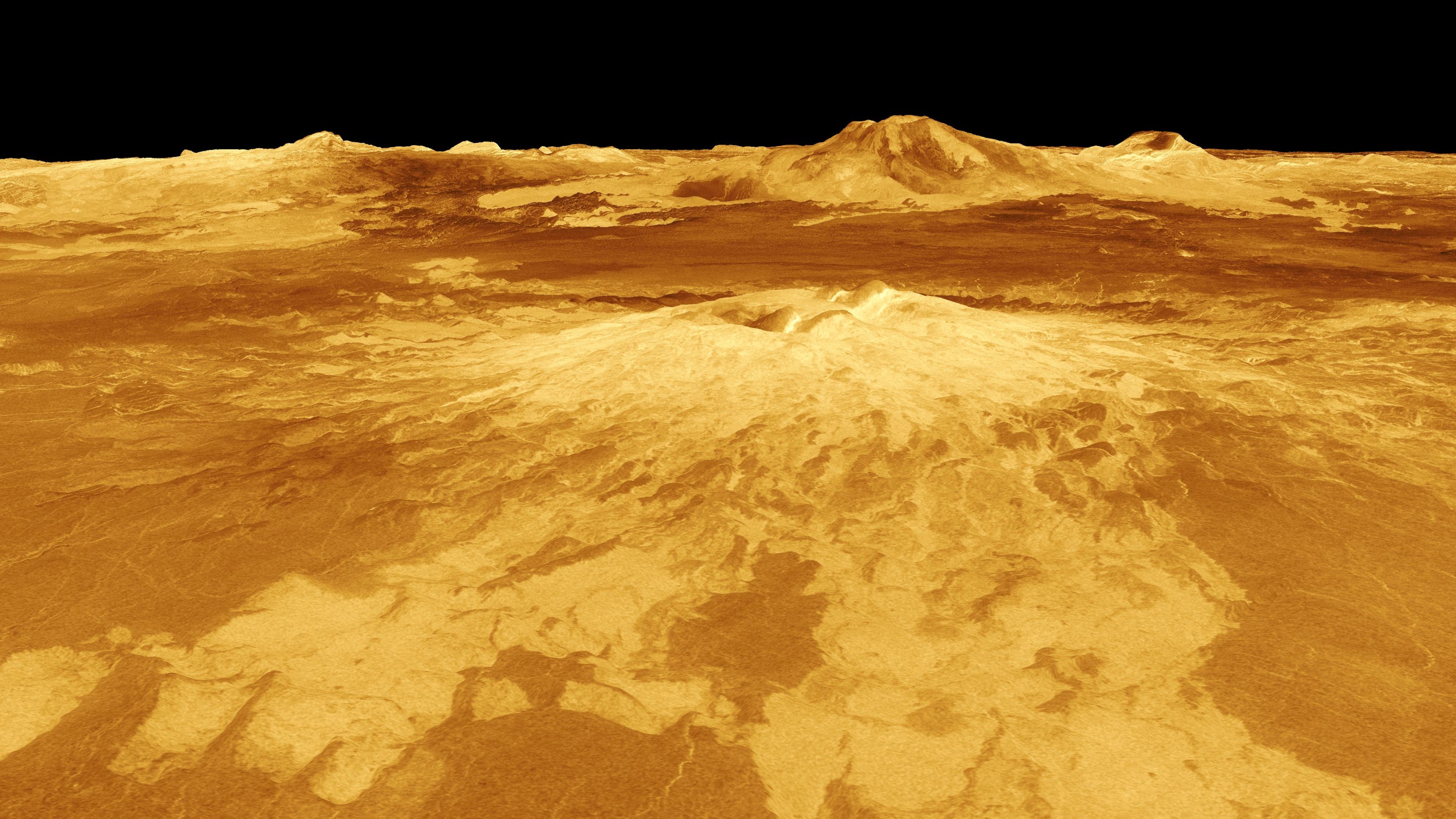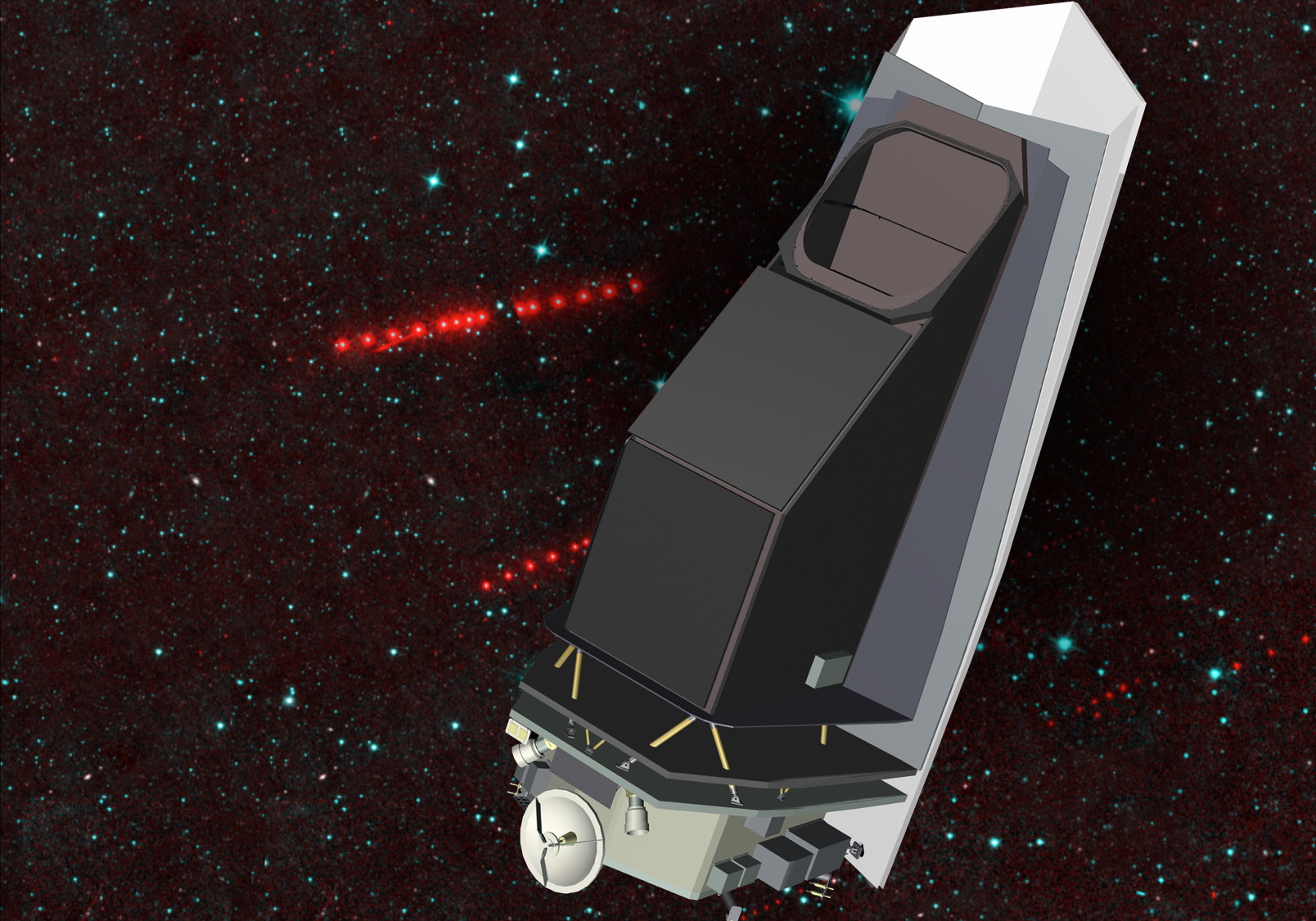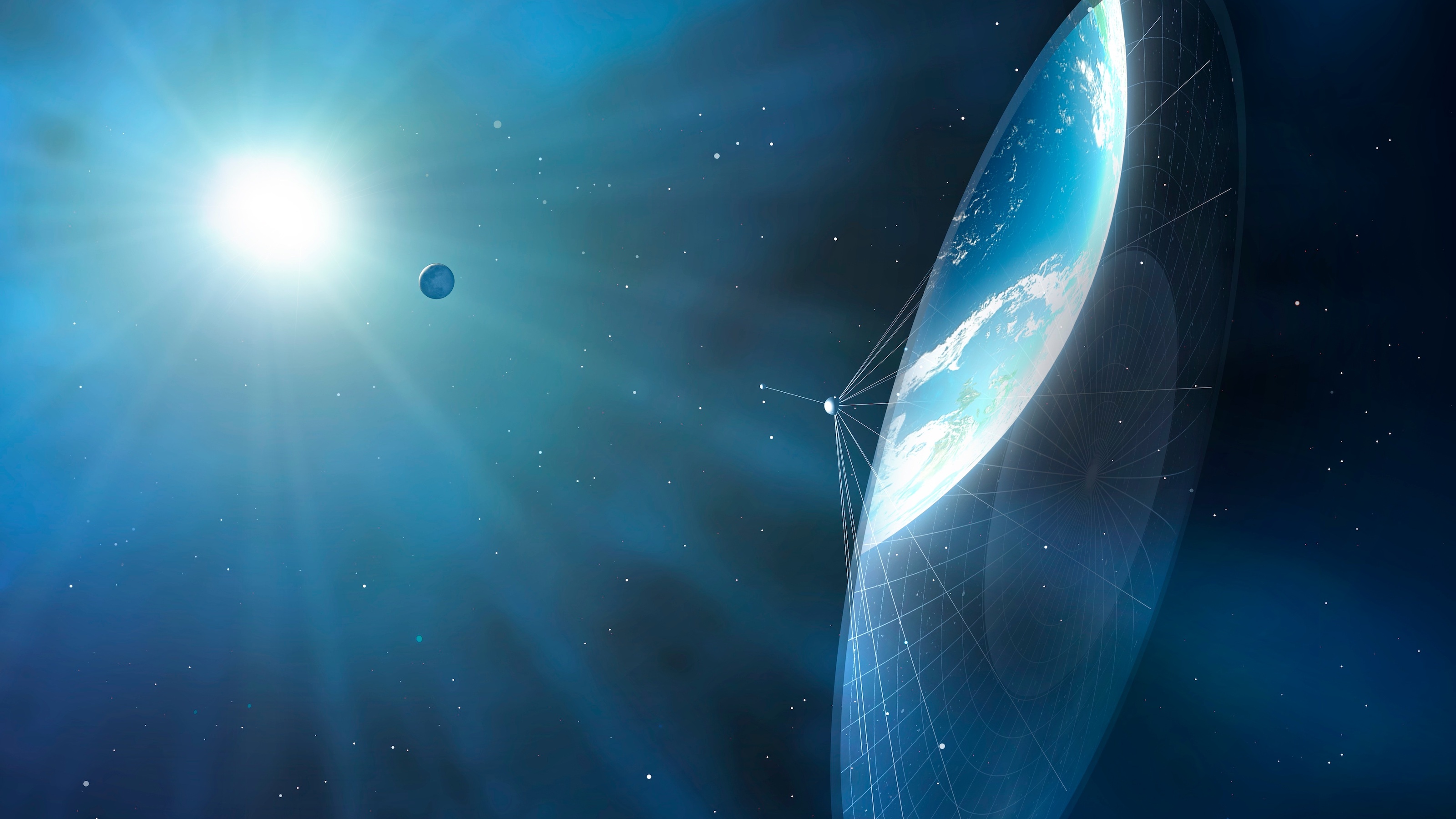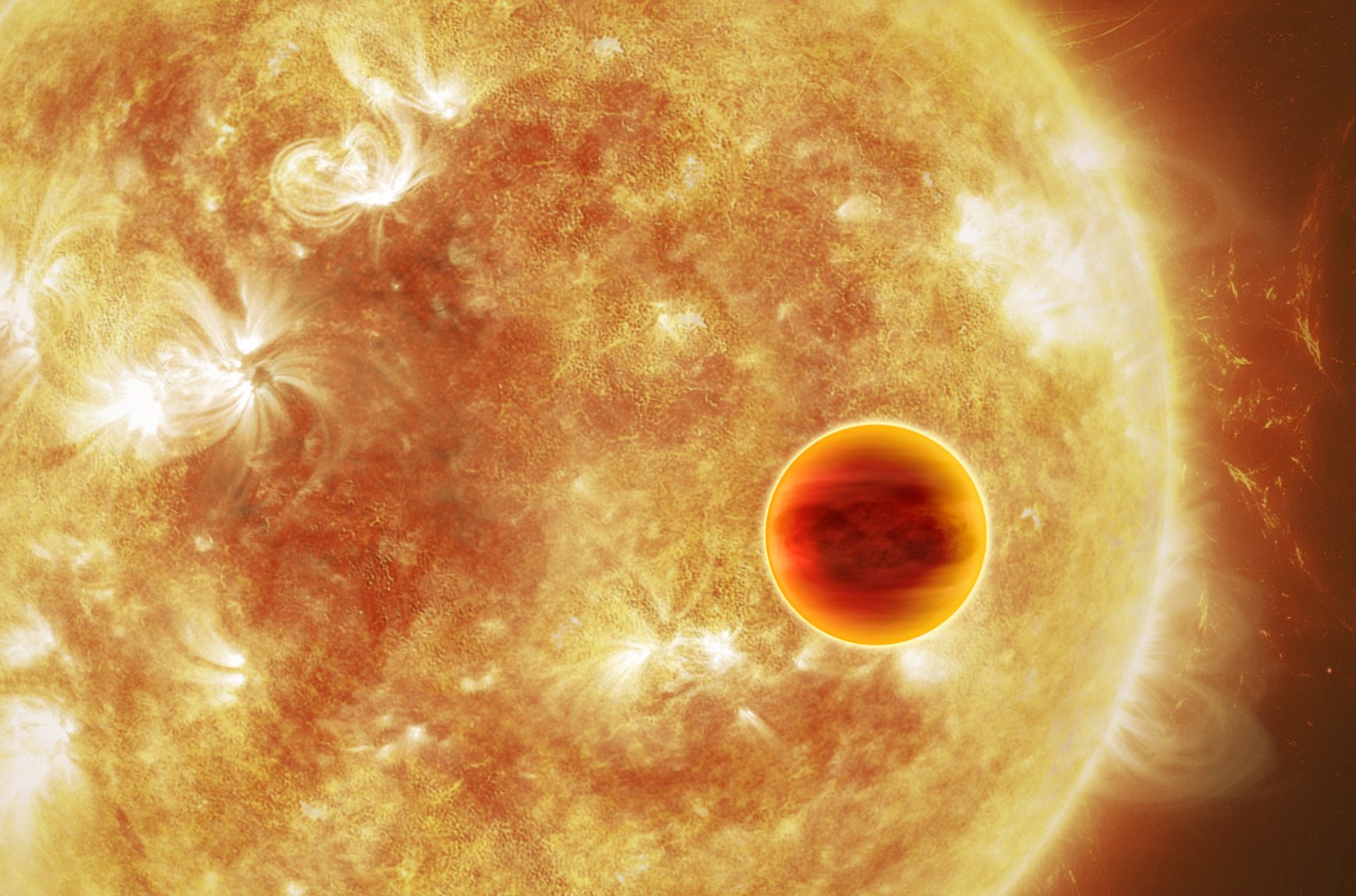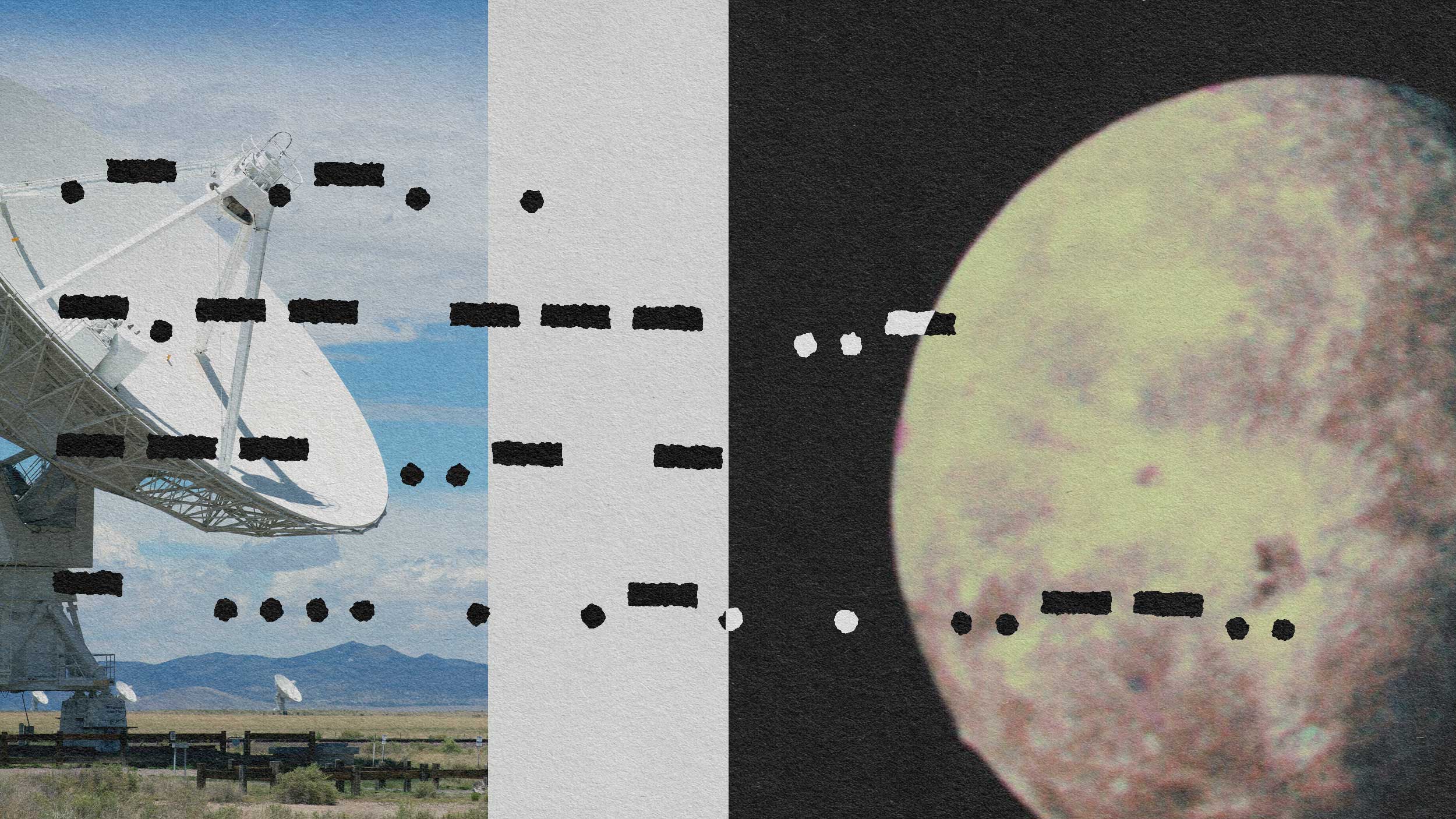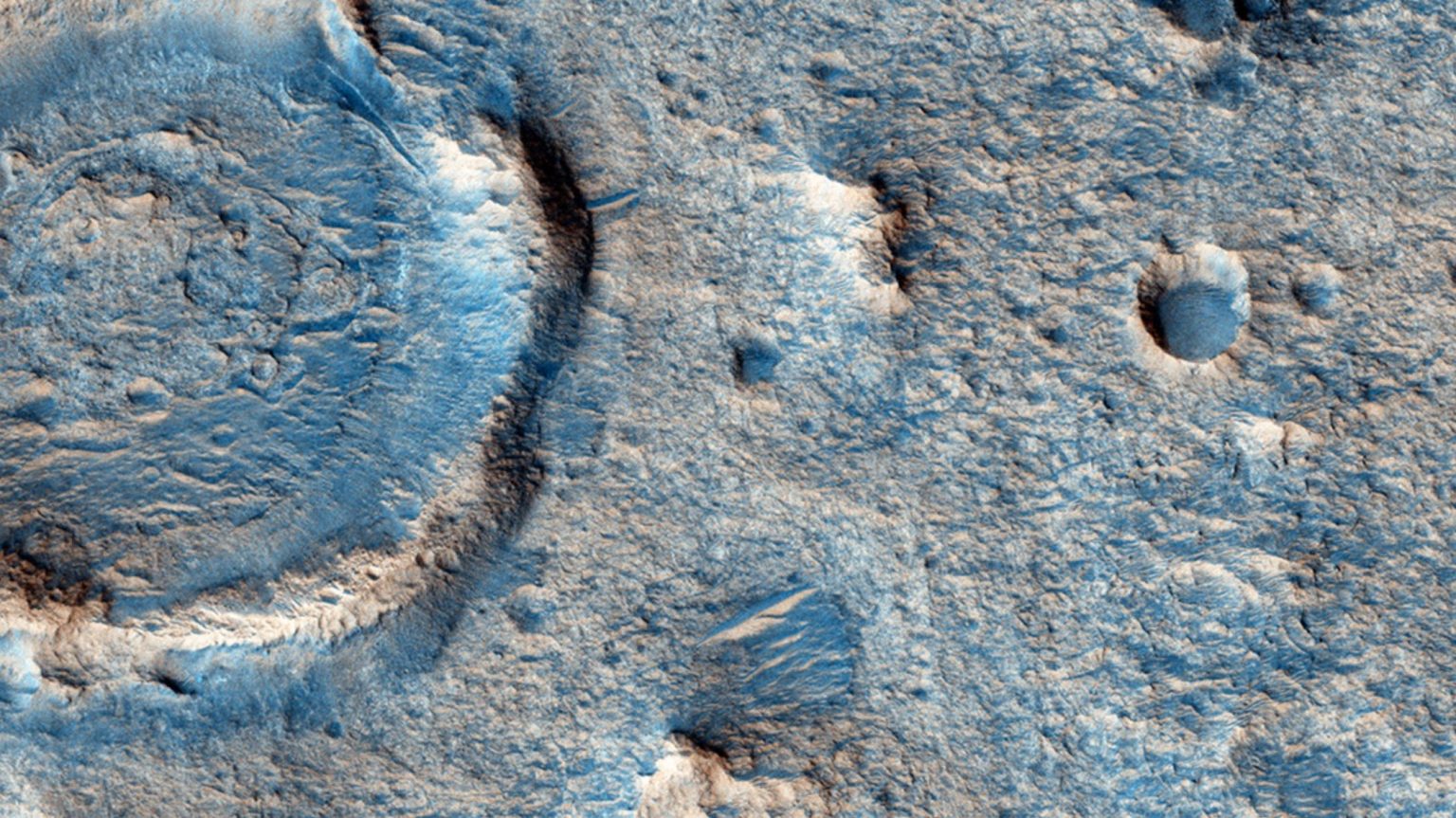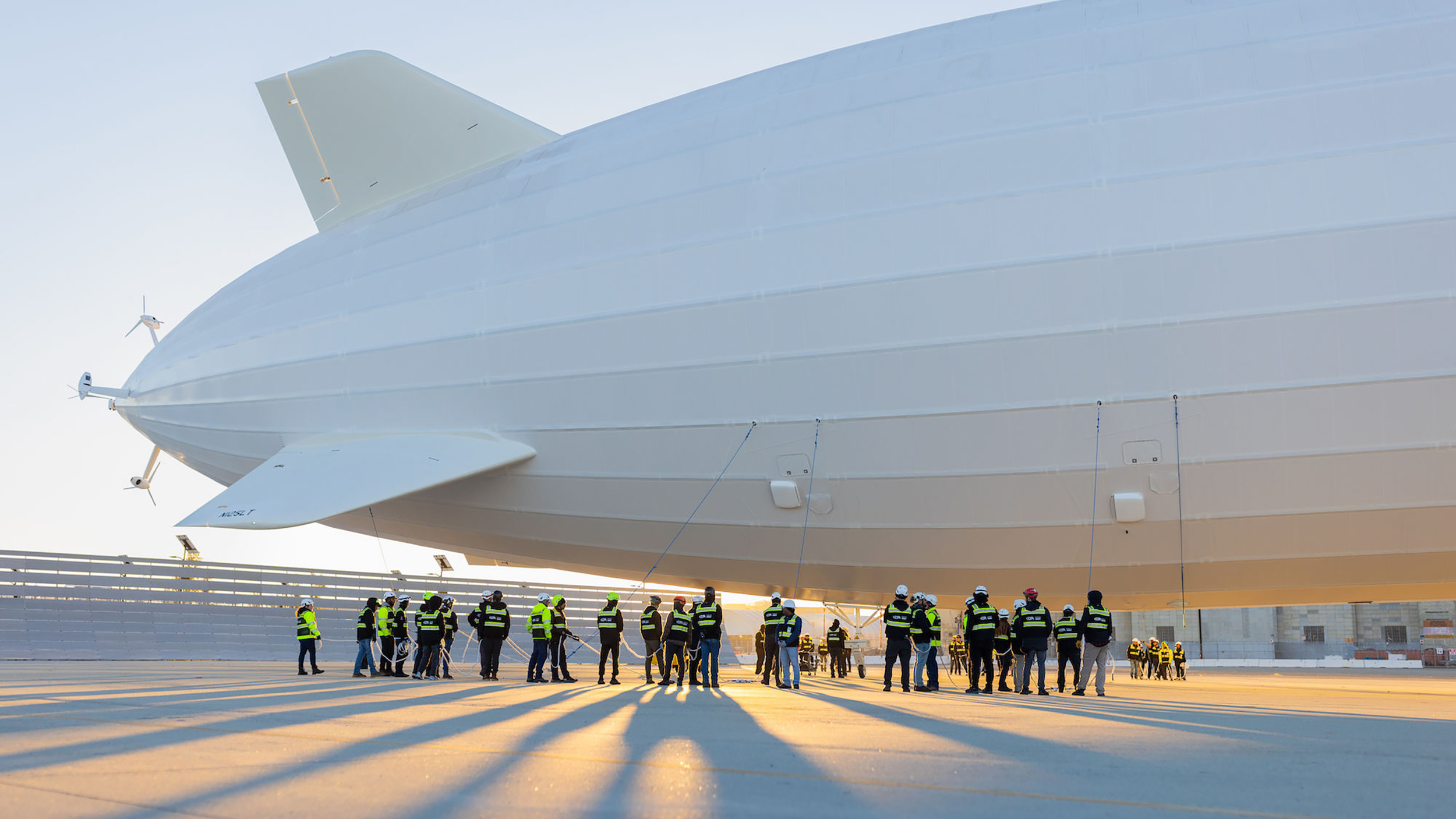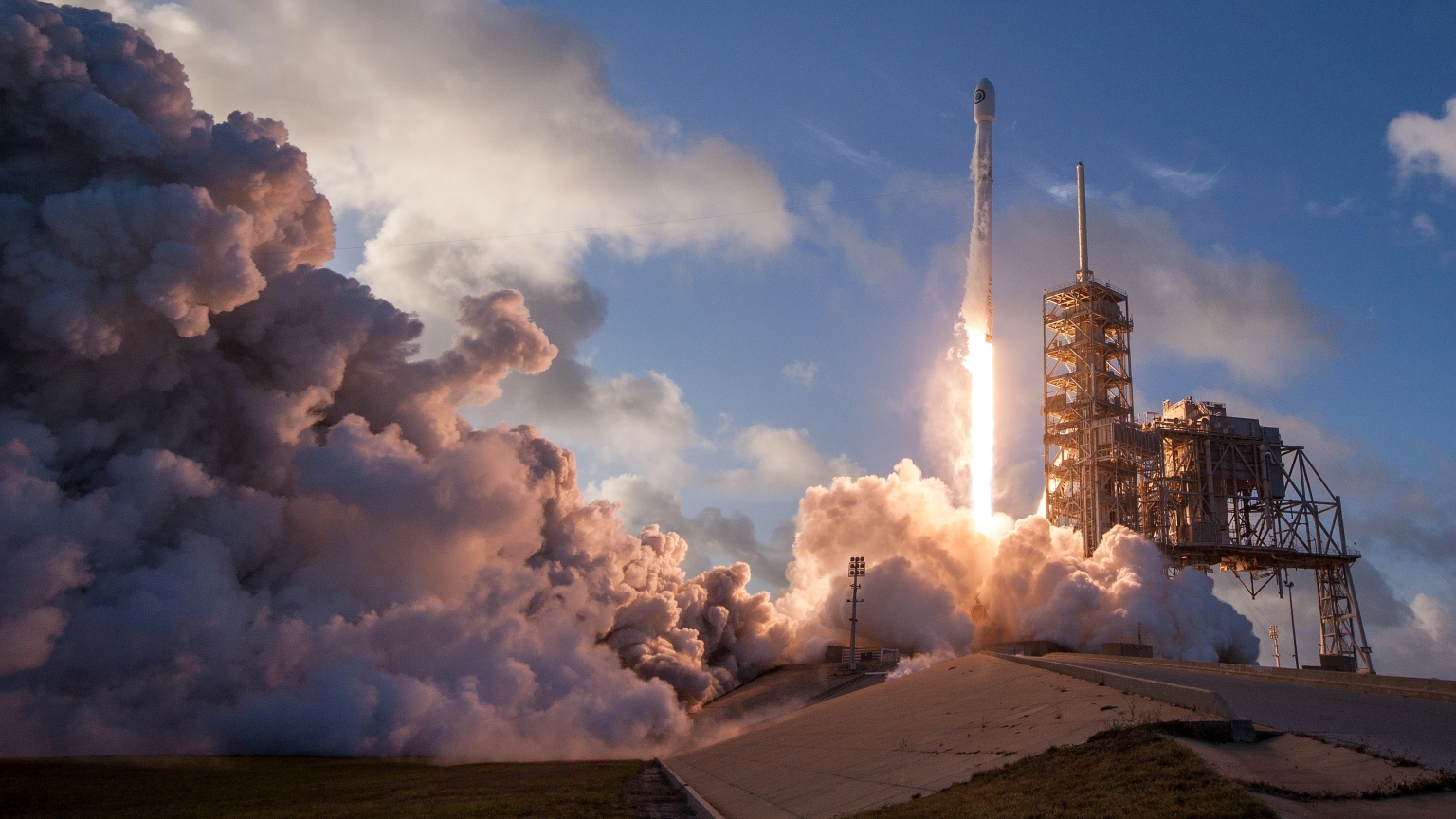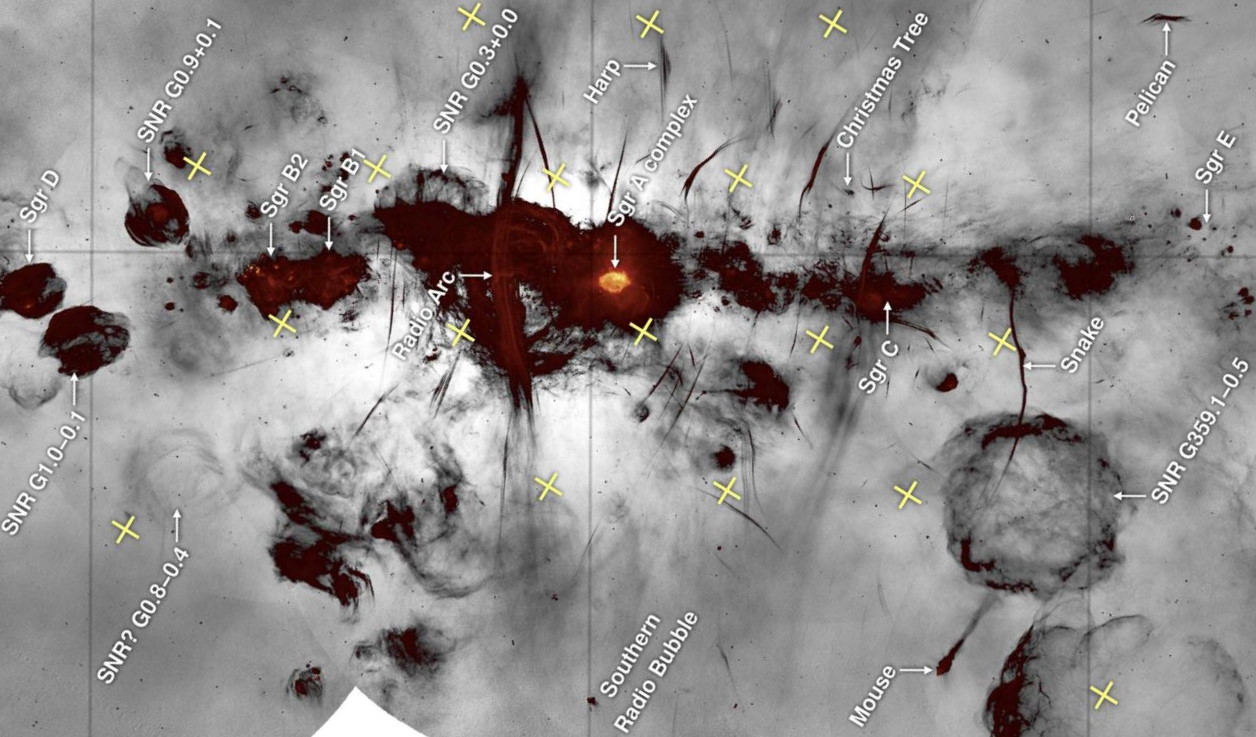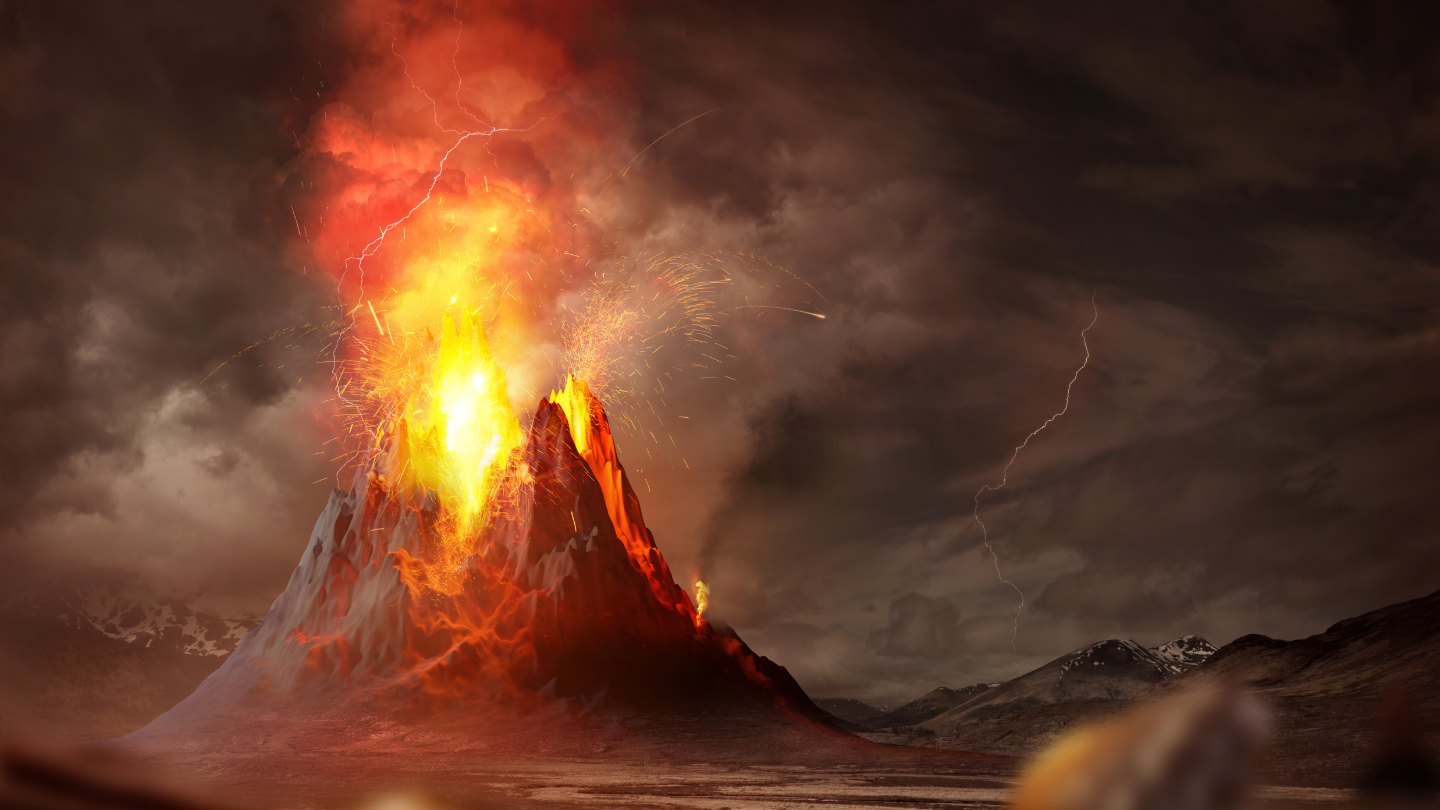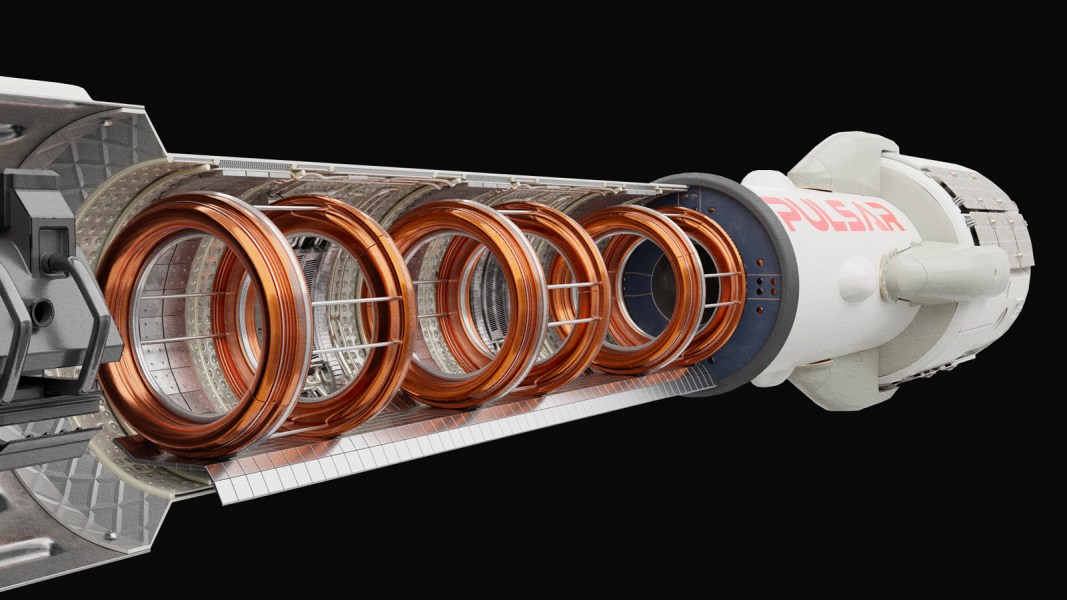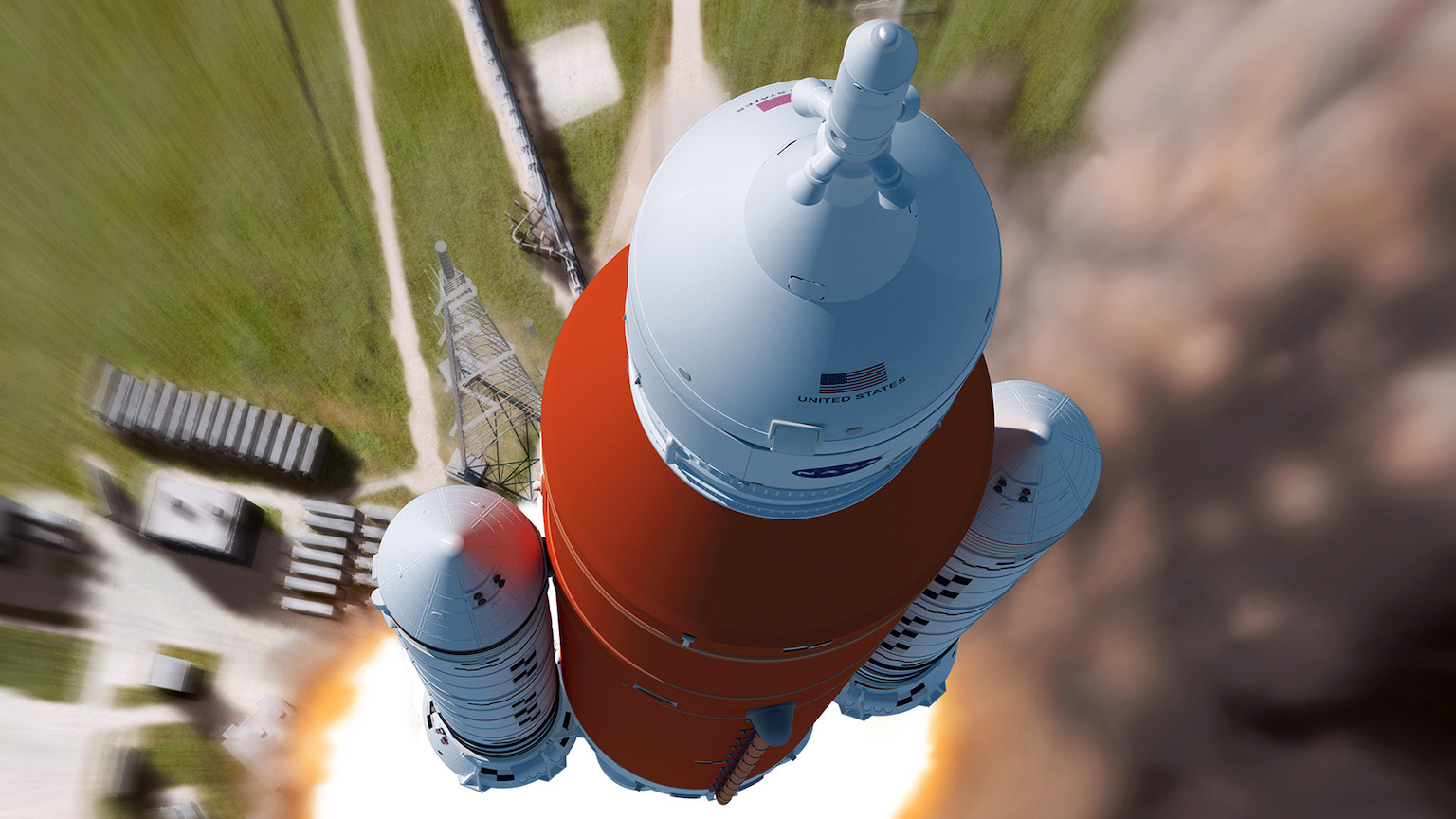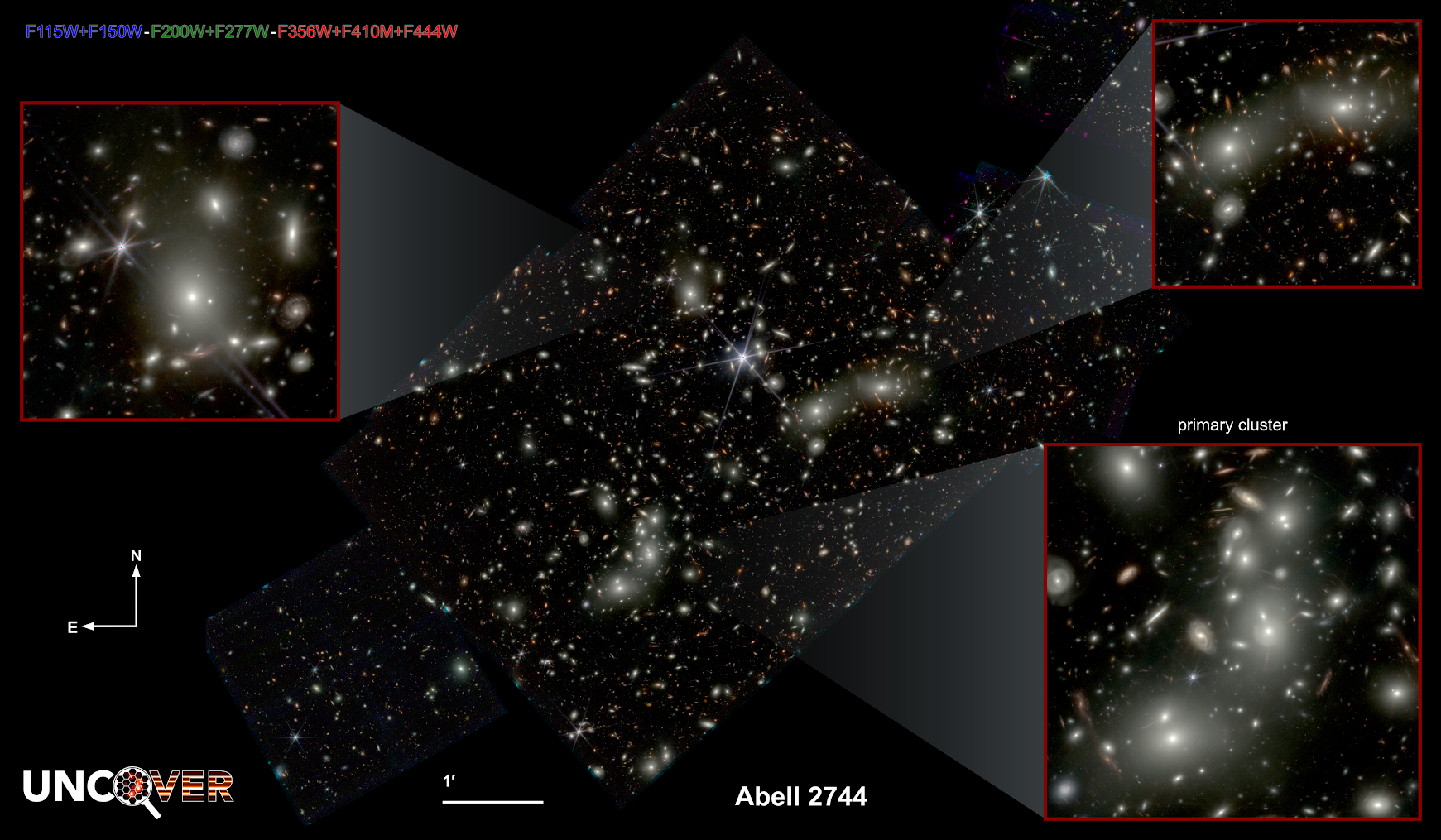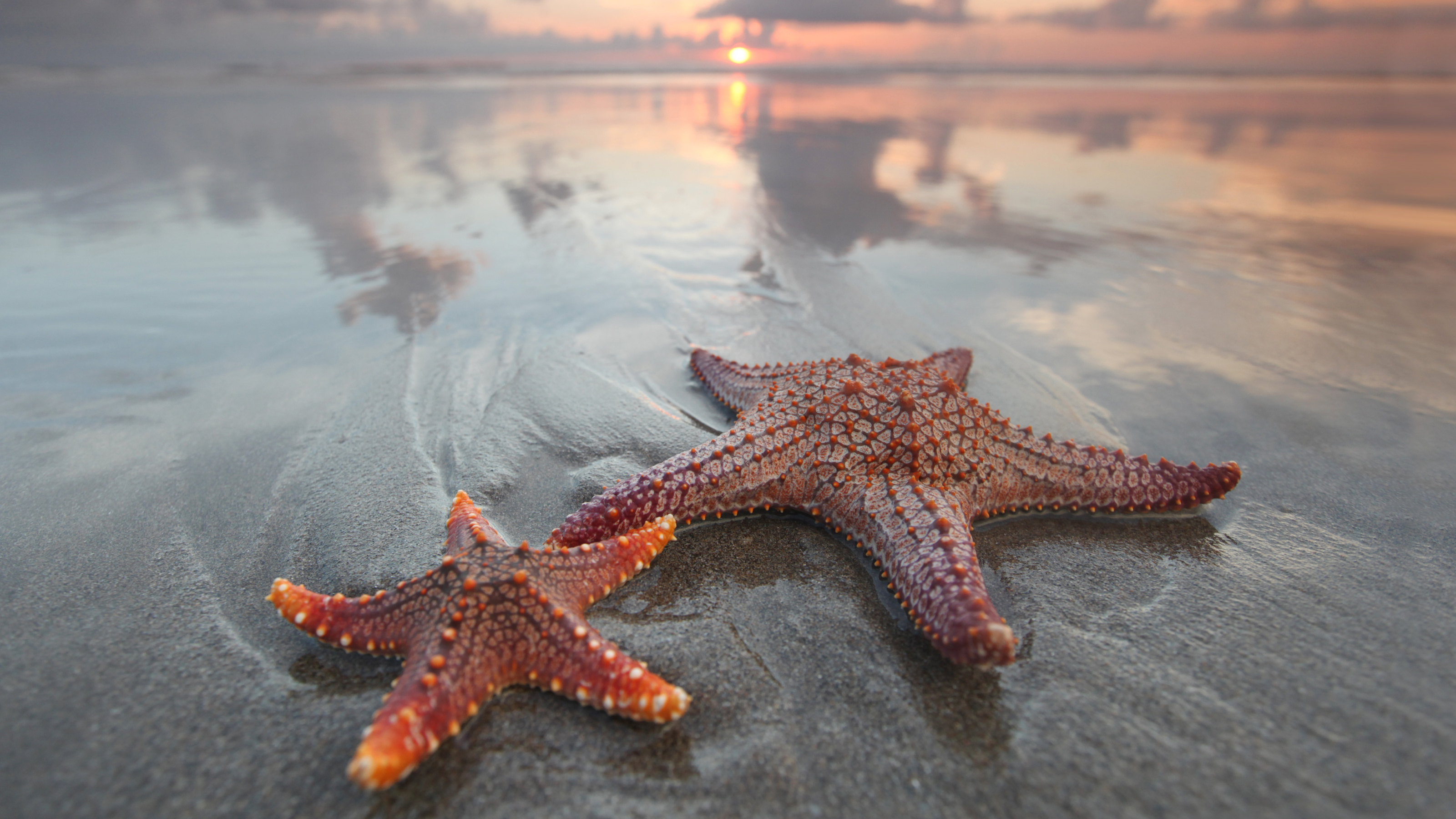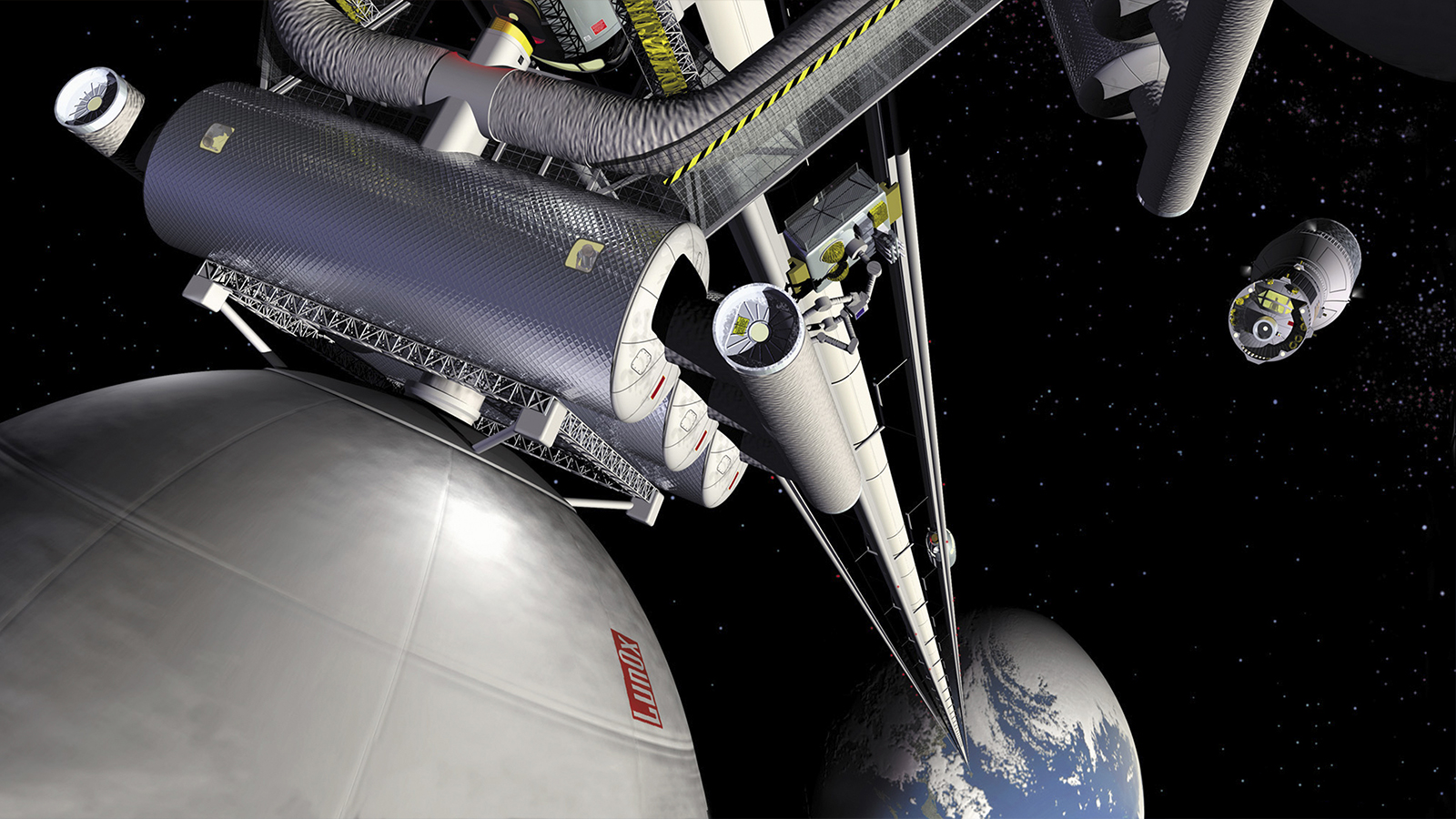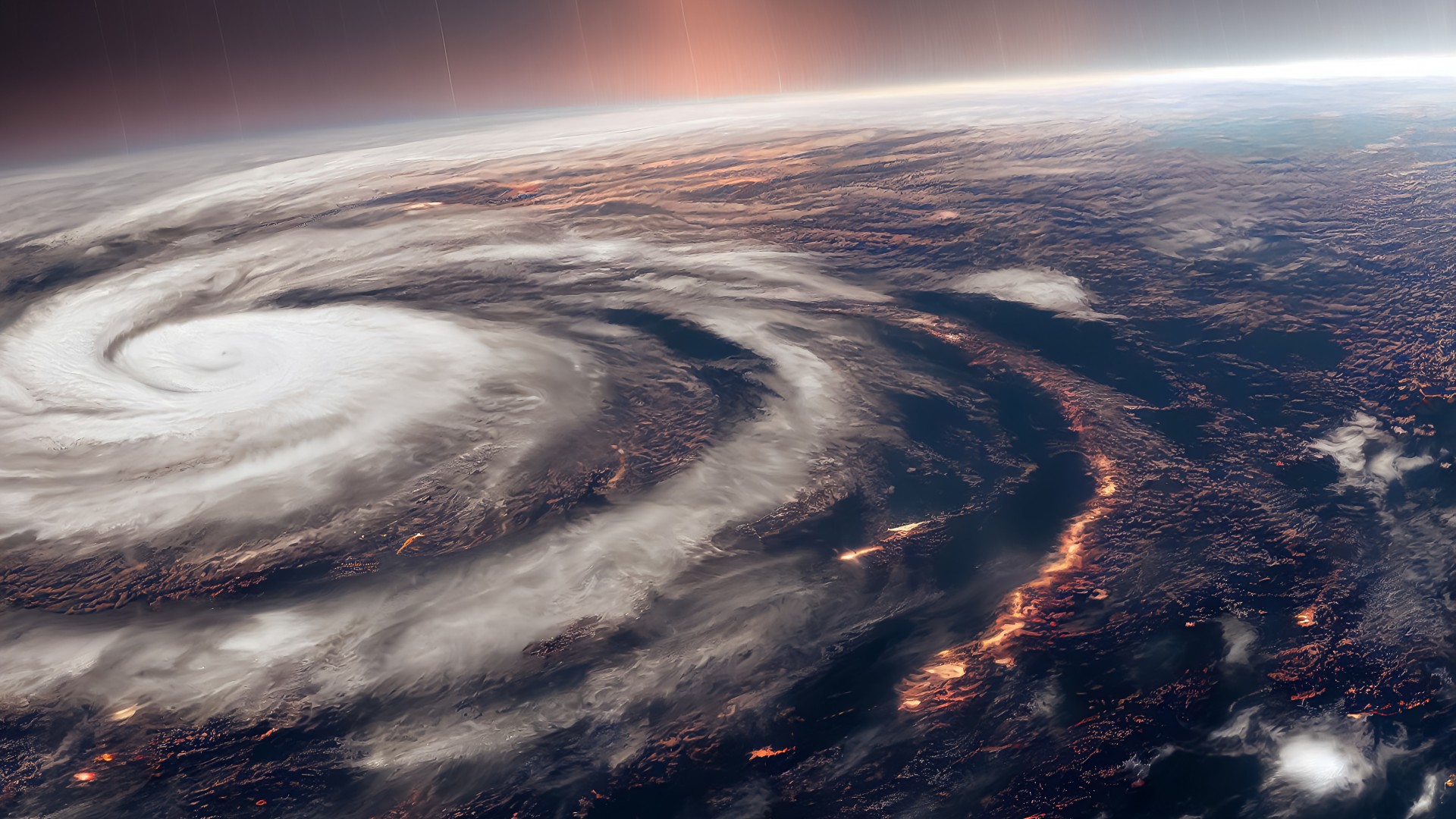Data from NASA, ESA, and Roscosmos suggest that long durations in space cause changes in the brain, some of which are linked to vision problems.
Search Results
You searched for: nasa
Somewhere out there in the Universe is the heaviest neutron star, and elsewhere lies the lightest black hole. Where’s the line between them?
From exoplanets to supermassive black holes to the first stars and galaxies, Webb will show us the Universe as we’ve never seen it before.
With JWST, Chandra, and gravitational lensing combined, evidence has emerged for the earliest black hole ever. And wow, is it a surprise!
Whether NASA likes it or not, humans eventually will be having space sex.
Not too hot, not too cold…
Organic molecules can be produced by living or non-living systems. But the recent findings are very intriguing.
Only nine weeks later, the Wright Brothers achieved manned flight. The pathologically cynical always will find a reason to complain.
2022 was another busy year in the realm of science, with groundbreaking stories spanning space, materials, medicine, and technology.
Recasting the iconic Carrington Event as just one of many superstorms in Earth’s past, scientists reveal the potential for even more massive eruptions from the sun.
Venus Life Finder could launch as early as 2023.
Most potentially hazardous asteroids remain unidentified. NEO surveyor could change that, but only if it’s funded, and soon.
It’s a radical but plausible idea.
There’s a limit to how large planets can be, and it’s only about double the radius of Jupiter. At least, so far.
Since 1962, humanity has been sending messages into space with the intent to make contact with intelligent extraterrestrials. Are those efforts worth the risks?
A next-generation instrument on a delayed rover may be the key to answering the question of life on Mars.
Preventing scurvy is not just a problem in the Antarctic.
A history of othering, experimentation, and mystery.
Google co-founder Sergey Brin’s airship startup hits a major milestone.
Nearly 200 orbital launches are scheduled for 2022.
As viewed by the MeerKAT telescope, this radio view of the Milky Way blows away every other way we’ve ever seen our home galaxy.
Research from NASA reveals Mars’ spectacular volcanic past.
It could cut the time needed to reach Mars in half.
Freethink’s weekly countdown of the biggest space news, featuring Starship’s second test flight, a new “dark mysteries” telescope, and more.
Without modularization, many epic projects simply would be impossible.
Space missions in 2022 will include massive rockets and asteroid collisions. This is also the year space tourism starts to hit its stride.
An incredible composite image of Pandora’s Cluster, Abell 2744, simultaneously showcases both our impressive knowledge and vast ignorance.
Scientists may have detected the somewhat smelly chemical dimethyl sulfide on a planet 120 light-years from Earth.
But it’s still challenging to build a 22,000-mile elevator.
Retired astronaut Ron Garan believes that before we can begin solving our problems, we must understand our interrelatedness through the “orbital perspective.”
